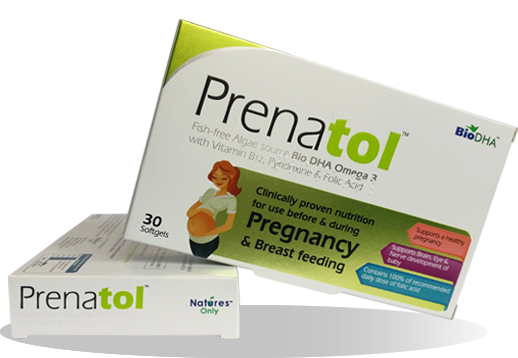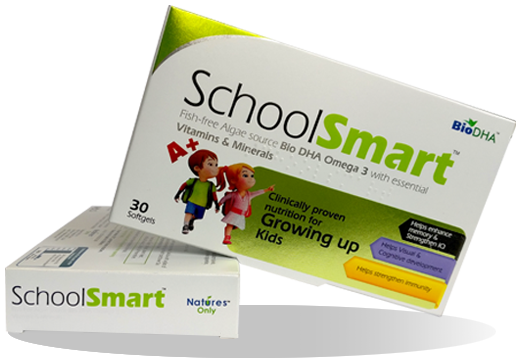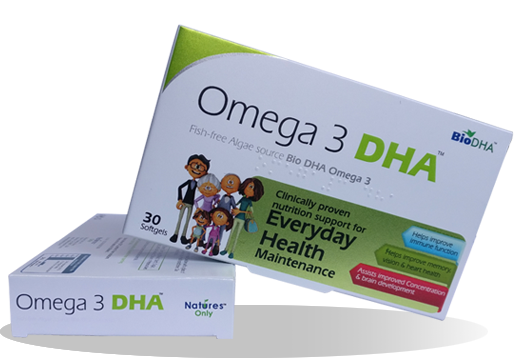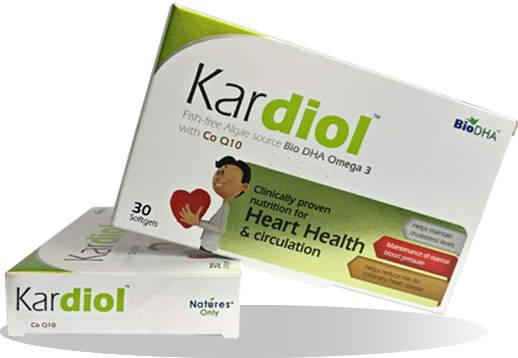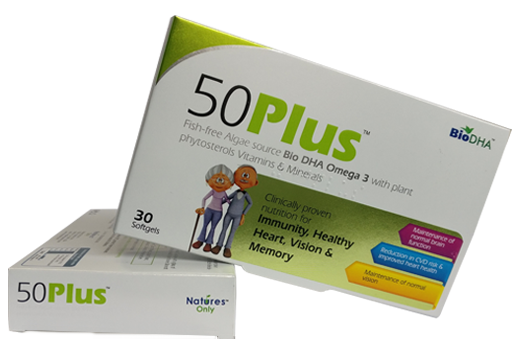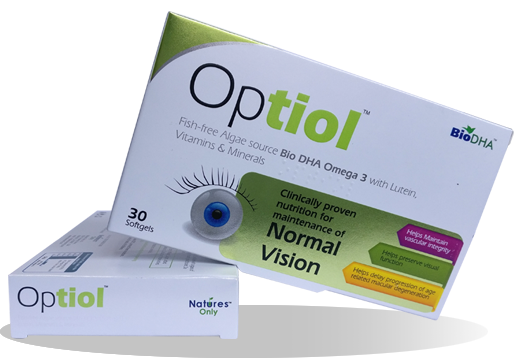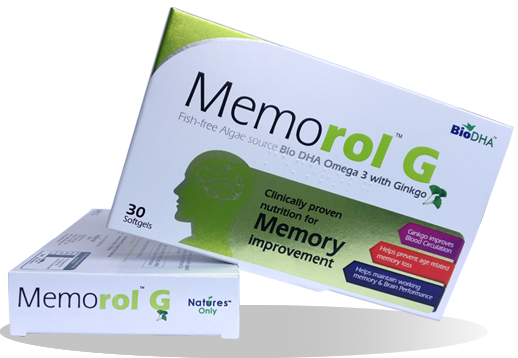Objective
This study was conducted to assess the effects of antenatal omega-3 long-chain polyunsaturated fatty acid (n-3 LC PUFA) on cognitive development in a cohort of children whose mothers received high-dose omega-3 fatty acids in pregnancy.
Study population
98 pregnant women (their infants (n=72) were assessed at age 2(1/2) years)
Length of study
20 weeks’ gestation until delivery.
Intervention
Omega-3 fatty acids (2.2 gm docosahexae- noic acid (DHA) and 1.1 gm eicosapentaenoic acid (EPA)/day) or olive oil from 20 weeks' gestation until delivery.
Results
Children in the omega-3 FA supplemented group (n = 33) attained a significantly higher score for eye and hand coordination (mean ((SD) score 114 (10.2)) than those in the placebo group (n = 39, mean score 108 (SD 11.3); p = 0.021, adjusted p = 0.008) (see Fig.1).
Eye and hand coordination scores correlated with n-3 PUFA levels in cord blood erythrocytes (EPA: r = 0.320, p = 0.007; DHA: r = 0.308, p = 0.009) and inversely correlated with n-6 PUFA (arachidonic acid 20:4n-6: r = -0.331, p =0.005).
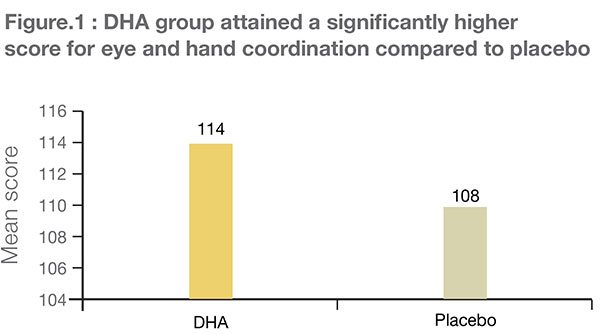
Conclusion
Maternal omega-3 FA supplementation during pregnancy is safe for the fetus and infant, and may have potentially beneficial effects on the child's eye and hand coordination.
Source
Dunstan JA, Simmer K, Dixon G, et al. Cognitive assessment of children at age 2(1/2) years after maternal fish oil supplementation in pregnancy: a randomized controlled trial. Arch Dis Child Fetal Neonatal Ed. 2008;93(1):F45-50.
